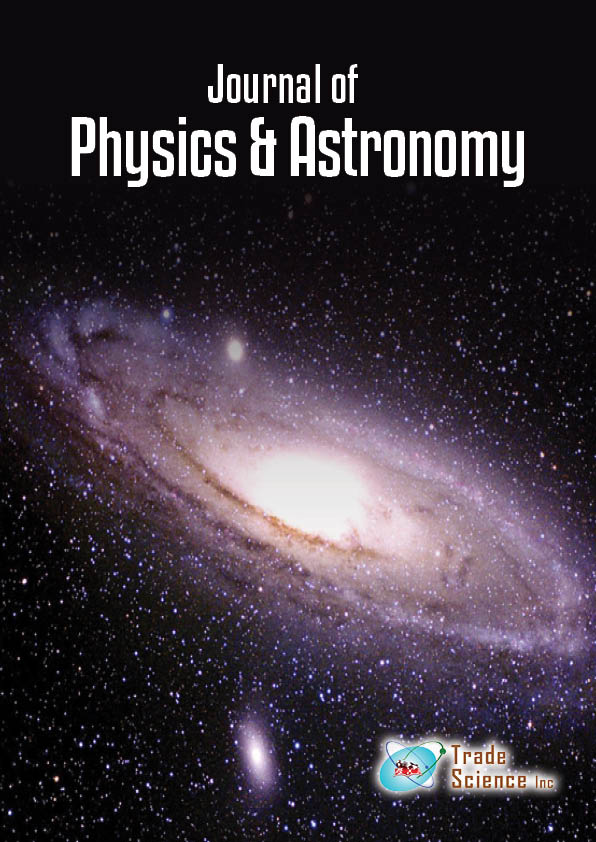Abstrait
Theory of the Four-dimensional Electromagnetic Universe, Part I: A Real Hyperspherical Four-Dimensional Universe Can Explain the Equations
Domenico Maglione
This work postulates (Postulate 1) that the real universe is a true four-dimensional hypersphere (4D), with three spatial dimensions and a fourth dimension that we perceive as time. Therefore, a real (not an imaginary as in Minkowski spacetime), four-dimensional spacetime, whose radius is a real time dimension that expands at the speed of light in vacuum, “c”. This postulate allows the definition of a privileged reference system centered on the Big Bang event, with coordinates (0,0,0,0), representing the centre of the 4D universe. I refer to time and space measured with respect to this system as privileged time and space. Another postulate (Postulate 2) posits that all physical phenomena occurring along the real temporal dimension of the 4D universe are perceived and measured in the three-dimensional (3D) spatial part of the 4D universe, where we live, differently from their actual nature. For instance, the expansion of the time dimension is not perceived as a spatial expansion (an increase in the separation between two bodies) but as "the flow of time," and the energy developed along the temporal dimension is perceived as mass. This second postulate, in analogy with the holographic principle (3D information encoded on a surface), is termed “restricted holographic principle”, since it encodes only the information related to the time dimension of the 4D universe in its 3D spatial part. In this work, based on these two postulates and their corollaries, I derive the quantum equation, or Planck equation, of the energy of electromagnetic waves, E=hf. This derivation demonstrates that it is the sum of the spatial and temporal components of the energy in the real fourdimensional spacetime. Applying the restricted holographic principle, I find that the temporal component of the energy of an electromagnetic wave, appearing as mass in the 3D portion of the 4D universe, imparts particle properties, while the wave properties are attributed to the spatial component. This explains the dual behaviour (wave/particle) of electromagnetic waves in the 3D spatial part of the 4D universe. Another consequence of these postulates is that in the 4D universe, there are no physical objects, that is, entities with mass, but only electromagnetic waves whose temporal component manifests as mass within the 3D portion of the 4D universe. This theoretical result gives rise to the name of the theory: The Theory of the Four-dimensional Electromagnetic Universe. Moreover, if these electromagnetic waves are only temporal, the equivalence ð??ð??ð??ð??ð??ð?? = ð??ð??ð??ð??ð??ð??ð?ð? is obtained, where ð??ð??ð??ð?? is the frequency of these only temporal electromagnetic waves. Other important deductions are that the physical quantities, such as acceleration and the associated fields, force (including gravity), and work, have physical significance only in the 3D portion of the 4D universe where we live. Finally, since mass exists only in the spatial (3D) portion, this part can be considered as a hyperspherical shell (3D) of the 4D universe that, not exerting gravity on itself, leads to the intriguing deduction that all the mass presents in its 3D part cannot slow down the expansion of the 4D universe.
